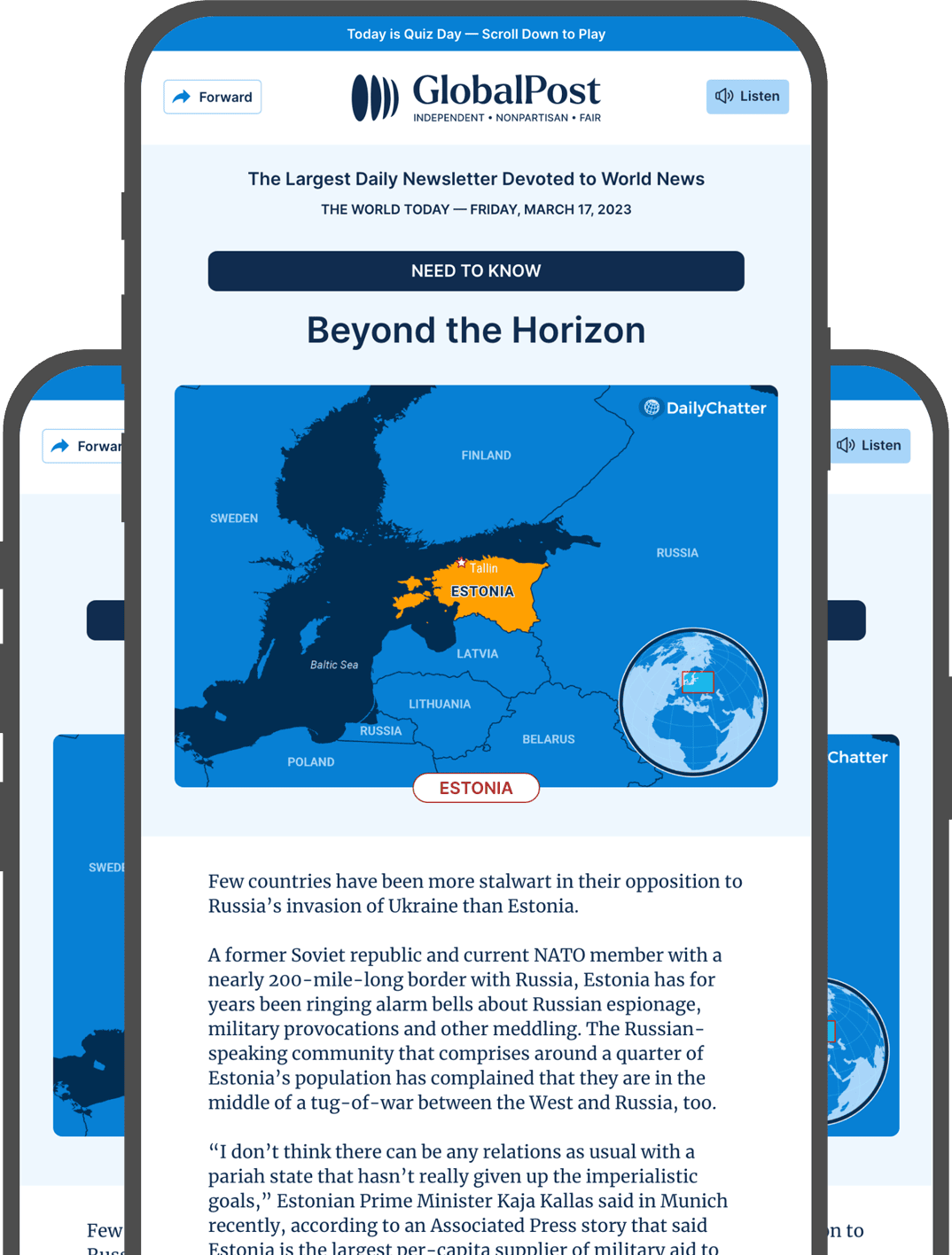Picking Up Speed

Lucy, the iconic 3.2-million-year-old Australopithecus afarensis, may have walked upright, but she wasn’t breaking any speed records.
A recent study used advanced simulations to uncover how the ancient hominin ran, revealing fascinating insights into the evolutionary tweaks that made humans exceptional runners, Phys.org reported.
Scientists combined Lucy’s skeletal structure with modern ape-like muscle features in a simulator and discovered that she was a bit of a slowpoke – while she could run on two legs, her top speed was just 11 miles per hour.
For comparison, recreational runners can run up to around 13 mph, while Olympic gold medalist Usain Bolt’s record-breaking sprints clock in at over 27 mph.
The team explained that part of the problem lay in her anatomy.
Unlike modern humans, Lucy lacked a long, spring-like Achilles tendon and powerful calf muscles, which are essential for efficient, high-speed running, noted Live Science.
This evolutionary upgrade – found in Homo erectus and later humans – allows us to conserve energy and achieve greater speeds.
“Key features in the human body plan evolved specifically for improved running performance,” the researchers wrote.
Even when they modified Lucy’s simulation with modern human-like muscles, her small body size and proportionally shorter legs kept her slow.
Running was also energetically taxing for her, requiring up to three times more energy than it does for us – suggesting she probably ran only when absolutely necessary.
The authors noted that these findings provide a deeper understanding of human evolution, particularly the adaptations that made us long-distance runners.
“This wider context emphasizes the crucial role of the Achilles tendon and triceps surae architecture in the evolution of hominin running energetics,” the study reported.
This is the first study to estimate running ability in Lucy’s species through musculoskeletal modeling.
Scientists are now looking at other factors, such as arm swing and torso rotation, in future models to gain a fuller understanding of locomotion differences between our ancestors and modern humans.

Subscribe today and GlobalPost will be in your inbox the next weekday morning
Join us today and pay only $46 for an annual subscription, or less than $4 a month for our unique insights into crucial developments on the world stage. It’s by far the best investment you can make to expand your knowledge of the world.
And you get a free two-week trial with no obligation to continue.
